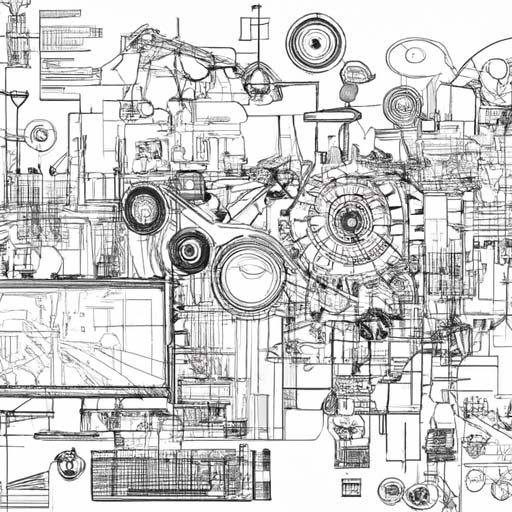Automated Exams and Assessments – A New Age of Testing?
As technology continues to advance at an unprecedented pace, it is no surprise that it has made its way into the realm of education. One area that has seen significant innovation is the field of automated exams and assessments.
Gone are the days of old-fashioned, pen-and-paper tests; now, students are faced with a new breed of exams that are graded by machines rather than human teachers. But is this new age of testing a step in the right direction? In this article, we will explore the pros and cons of machine-led academic assessments.
The Pros
1. Efficiency and Time-Saving – One of the biggest advantages of automated exams is their ability to save time for both students and educators. With traditional exams, teachers would spend hours manually grading papers, often leading to delays in returning feedback. Automated systems, on the other hand, can instantly generate scores and provide immediate feedback to students, allowing them to identify areas for improvement.
2. Consistency and Objectivity – Human grading can be subject to biases and inconsistencies. With automated exams, the grading criteria are set in stone, ensuring that each student is evaluated fairly and objectively. This eliminates the potential for favoritism or inadvertent bias introduced by human graders.
3. Data-driven Insight – Machine-led assessments generate a wealth of data that can be analyzed to gain insights into student performance, identify learning gaps, and inform instructional decisions. By harnessing this data, educators can tailor their teaching methods to address the specific needs of their students, ultimately leading to improved learning outcomes.
The Cons
1. Lack of Personalized Feedback – While automated exams provide instant scores, they often fall short in providing detailed and personalized feedback. Machines are unable to provide the in-depth analysis and constructive criticism that human teachers can offer. This can be limiting for students who require individualized guidance and support to improve their understanding.
2. Limited Scope of Assessment – Some argue that machine-led assessments are primarily focused on evaluating factual knowledge and lack the ability to assess higher-order thinking skills, such as critical thinking and creativity. These skills are often better evaluated through open-ended questions, which automated systems may struggle to effectively analyze.
3. Potential Errors and Challenges – Automated exams heavily rely on algorithms and machine learning, which are not infallible. Technical glitches, coding errors, or biases in the algorithms can lead to incorrect scoring or misinterpretation of student responses. Education systems must address and mitigate these potential challenges to maintain the integrity of machine-led assessments.
While the implementation of automated exams and assessments brings about undeniable advantages, it is crucial to strike a balance between the benefits of efficiency and the need for personalized feedback. An ideal approach would integrate the strengths of both humans and machines, leveraging technology to streamline processes while ensuring that students receive the individual attention they deserve.
In conclusion, automated exams and assessments offer significant benefits such as efficiency, consistency, and data-driven insights. However, they may lack the personal touch and nuanced evaluation that human teachers provide. As technology continues to evolve, it is essential to explore ways to combine the strengths of automation with the expertise of educators, ultimately fostering a new age of testing that embraces the best of both worlds.
